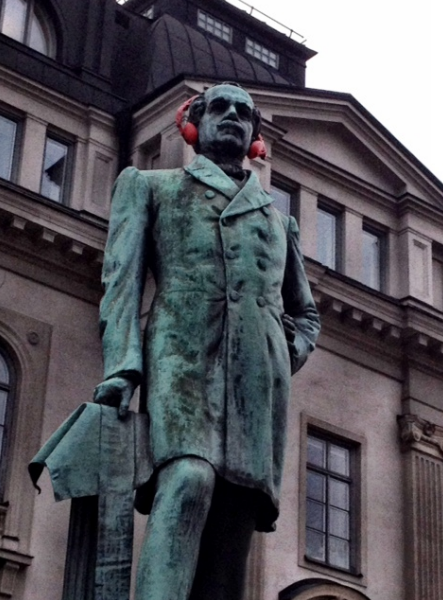Human Response
Sounds affect us, either in a positive or a negative way. How we are affected depends on several factors such as the sound level, when the sound occurs, how predictable it is, which information it contains and what we are doing when it occurs. It is also dependent on factors connected to ourselves as human beings, such as our relationship with the source of the sound, how sensitive we are and if other stress factors are present. When sounds are undesirable and unwanted – when they are perceived as intruding, tiring, irritating, and disturbing – they are defined as noise.

General effects of traffic noise
Noise can lead to feelings of discomfort when exposed but it also affects the possibilities of rest, psycological restoration and good, undisturbed sleep. This can after prolonged exposure lead to stress related symptoms, concentration loss, feelings of frustration and depression. These effects are likely to cause secondary health effects such as hypertension, stroke and other cardiovascular diseases. In their report "Burden of disease from environmental noise" the World Health Organization (WHO) estimates that about a million healthy life years are lost annually in Europe due to the negative health effects of traffic noise.
Benefits of quiet sides and quiet areas
In urban areas, traffic noise levels show large variations, which can be used and optimized for reducing the harmful effects of traffic noise. Quiet sides provide opportunities for undisturbed sleep and to enjoy (e.g. relax, socialize) in a quiet backyard or courtyard, or at a quiet balcony. Inhabitant’s with a quiet side report less noise annoyance and disturbances in comparison to inhabitants without a quiet side. Quiet urban areas such as parks may satisfy various human needs, for example, by providing opportunities for psychological restoration, recreation, play, and exercise. Attractive quiet sides and quiet areas have positive benefits that are of importance for urban inhabitants quality of life.
Calculation scheme for the effect of a quiet side on traffic-noise annoyance
In QSIDE it has been suggested that the effect of a quiet side on annoyance by traffic noise at home may be estimated by a simple calculation scheme. The scheme is a refinement of conventional prediction methods for traffic noise annoyance. The conventional methods yield annoyance as a function of a noise level at the most exposed façade of the dwelling. The QSIDE calculation scheme yields a refinement of the annoyance prediction based on a noise level at the least exposed façade. The calculation scheme is based on annoyance studies in Swedish, Belgian, and Dutch cities. A description of the calculation scheme can be found elsewhere in the QSIDE documentation.

